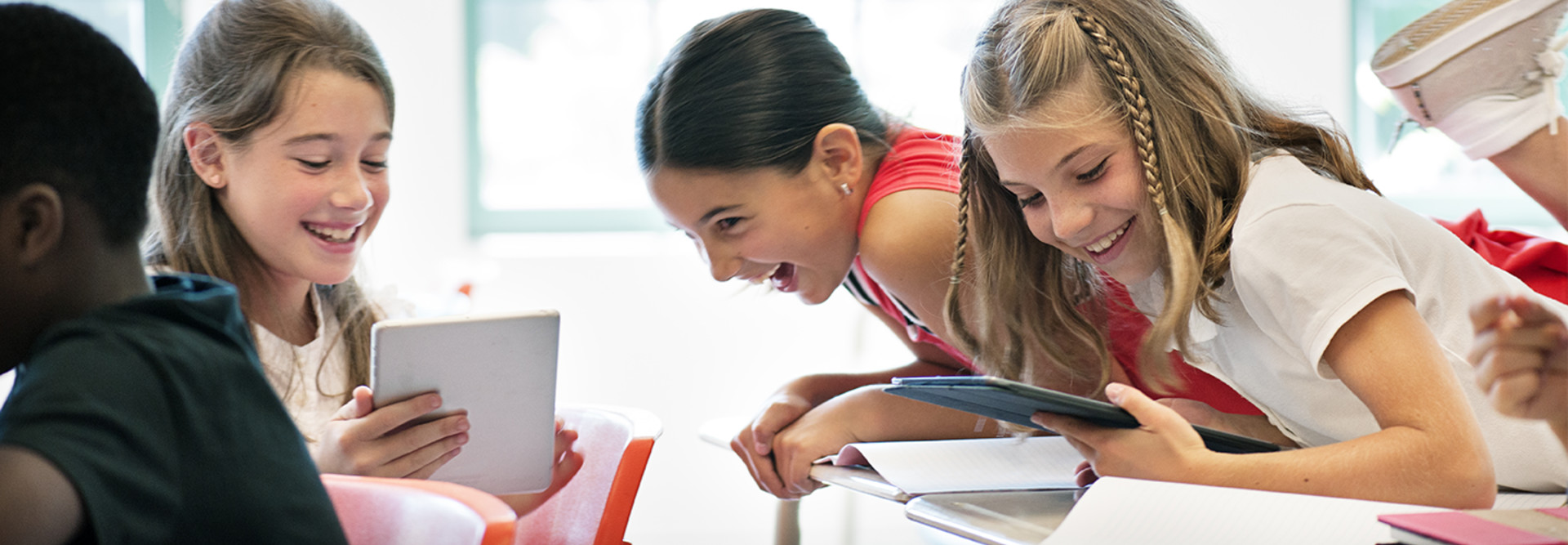Technology Helps Teachers Prevent and Mitigate Bad Behavior in the Classroom
While most teachers want to believe the best about their students, the reality is that skipping class, plagiarism and a host of other issues are behavioral challenges teachers grapple with daily.
It can be difficult for teachers to react in ways that will guide students back to proper classroom behavior without alienating them — which is a major concern according to a recent study from the Center for Promise.
“Because of heightened emotional intensity in adolescence and the punishments typically associated with ‘getting in trouble,’ disciplinary interventions represent pivotal opportunities for students to feel either included and respected or shut down and ignored by schools,” the study authors write.
But innovations in education technology can equip teachers with the tools to help students stay on a good path and get the most out of their academics.
SIGN UP: Get more news from the EdTech newsletter in your inbox every two weeks!
Lock Student Screens During Tests to Prevent Cheating
One of the best ways to deal with student misbehavior is to prevent it from happening in the first place.
Take schools with one-to-one device programs. With each student using a tablet or notebook computer, it’s impossible for teachers to keep watch over every screen at once during a quiz — creating an opportunity for students to open a web browser and look up the answers.
Companies are responding with tech solutions: As part of Google’s announcement of the Acer Chromebook 10, the company introduced a new “locked mode,” allowing teachers to lock students’ screens on managed Chromebooks.
‘Tardy Kiosks’ in Schools Help Track Student Attendance
Along with cheating, student attendance can be a big problem for teachers. According to a study from the National Center for Education Statistics, 38 percent of teachers say tardiness and class-cutting interfere with their teaching.
At Marion County Public Schools in central Florida, teachers were losing valuable teaching time to distractions from late and absent students, as well as an outdated attendance-logging system.
As a solution, administrators adopted “tardy kiosks,” where late students can use their student ID numbers to check themselves into class.
“When students arrive late, they log in to any kiosk located in the attendance office, [and] within seconds, the device prints out a tardy pass, which includes the teacher’s name and time the student logged in,” Kristi Miller, an applications specialist at Marion County Public Schools, wrote for Education Dive. “As a result, district staff members are spending more time focusing on students and less time concerning themselves with inefficient attendance procedures.”
Combat Classroom Distractions with Tech
Screen locks and tablets-turned-truant-officers can help manage some bad student behavior, but many students are distracted by outside technology that they bring into the classroom themselves.
In response, some schools have banned smartphones in the classroom. Other schools have opted to use cases that lock phones inside once students enter a classroom.
But one of the best ways to stop students becoming distracted by their devices is to have them use other devices in their work.
According to the Yale Center for Teaching and Learning, using “targeted electronic activities” can keep students engaged on the devices teachers want them to use, and keep them off the ones they do not.
In a study at Cleburne High School in Texas, administrators found this to be especially true. Holding classes on digital citizenship and incorporating appropriate devices in the classroom kept students from engaging in distracting activities.
“Teachers creating engaging lessons that add value to classroom technology — including Chromebooks — is the most effective way for students to not be distracted by outside influences,” Instructional Technology Director Tim Grijalva told the Cleburne Times-Review.









